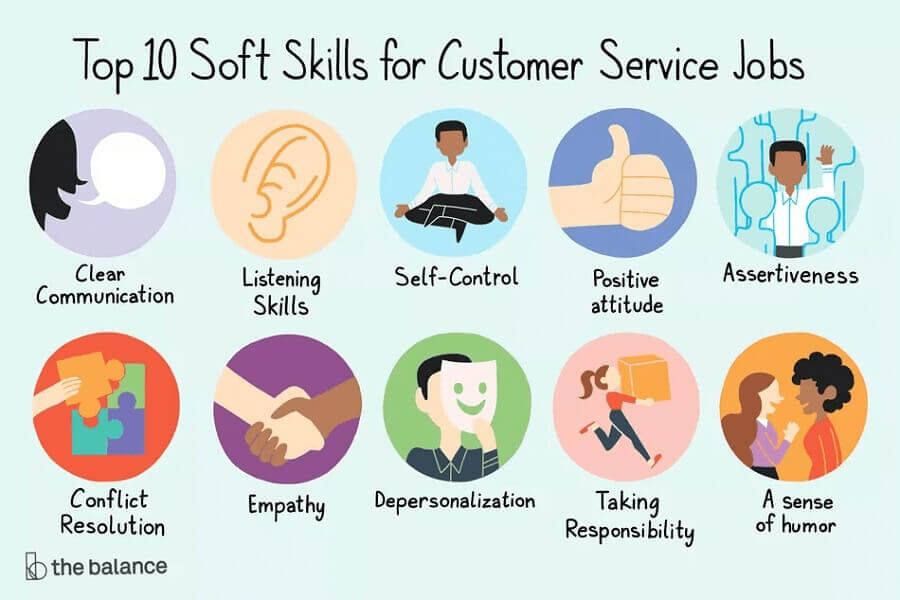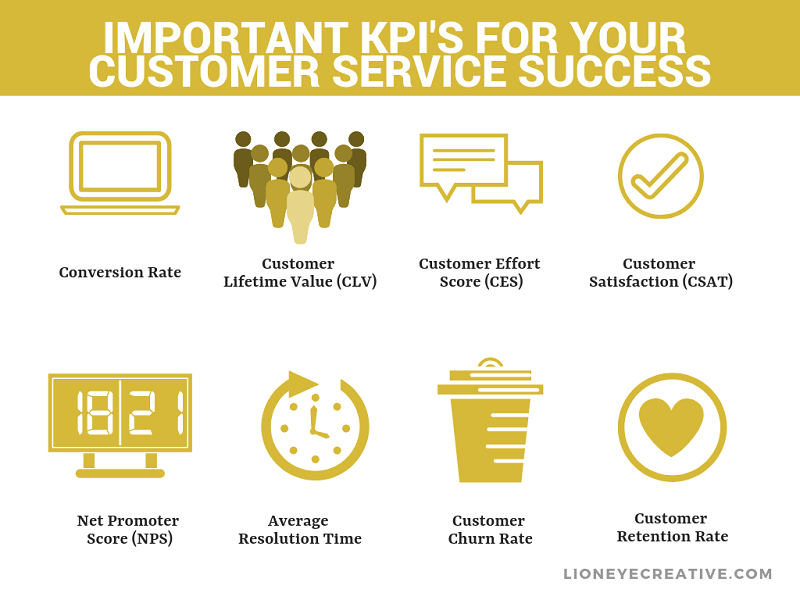Recent events have made many businesses across the globe reorganize their work and switch to a remote mode. No surprise that this situation has taken its toll on how different teams perform.
75% of remote employees say their work-life balance is back to normal. 30% of marketers claim they would rather remain remote after the pandemic is over. All in all, everything boils down to ensuring employee satisfaction and a smooth transition to remote work.
The fact remains unchanged: this trend isn’t going to disappear any time soon. But let’s be realistic, is it possible to deliver customer support out of the office? Sure, it can be challenging. But if you’re armed with the right tools and a decent plan, it’ll be a snap. We’ve gathered everything you need to know about how to shift a customer service department to remote.
How to build remote customer support?
Remote working remains on the rise. But it still comes with a set of challenges – increased workload, the flow of irritated clients, uncomfortable working space, mental, and physical distractors.
Despite all these criteria, such vital aspects as communication (both internal in a group and with customers), productivity, and tools for effective performance need to be taken into account in the first place. Check out our compilation of 11 practical tips to keep efficiency during your work from home and not come to total burnout.
Step #1: Go for the right tools
Organizing decent working conditions for a remote customer support team can be a tough nut to crack. Luckily, there’s such an A-rated solution. With Brosix, you’ll cope with remote work communication to your best advantage. The team always stays connected. There’s a private workspace, which is a must for monitoring internal communication and progress for your convenience.
Besides, It’s essential for a remote customer service team to have its chat history, user profile data, and other valuable information protected. That’s why Brosix has got you covered if you want special security needs to be met.
Having the right tools for performing common customer service duties won’t go amiss. For instance, to be sure that follow-up emails and other valuable messages end up either in an inbox or a spam folder, consider email deliverability testing.
Working as a customer service agent remotely often requires instant availability. But how can a support rep handle dozens of complaints and questions fast? By reacting to customer queries with live chat in a matter of minutes. A live chat tool is the leading customer communication channel (42%) and the best for meeting clients’ growing demands.
Step #2: Promote support automation and self-service
The bigger your client base is, the more time you have to spend answering client complaints. However, it’s possible to unburden a customer support team by setting up canned responses. These are pre-made messages to common issues that save a lot of time when interacting with clients. It’s easier to handle several chats simultaneously, just add minor adjustments to an answer and paste it into a thread.
Another hack here is adopting an appropriate type of software for knowledge management. A well-built help center can be a lifesaver for both customers and agents. The stats say it all: 77% of customers prefer surfing a structured knowledge base.
However, a knowledge base created for clients may not be convenient for the needs of customer service reps. That’s why creating an internal resource center for a remote support team can be a great idea. It can streamline knowledge management and help address complaints effectively. Without it, a service rep has to search for information through chats and emails, and that often brings about delays and customer irritation.
Step #3: Hire skilled professionals
When switching a customer support team to a remote mode, it’s important to understand whether you take adequate measures to choose the cream of the crop. The ideal candidate for a remote customer service job must possess impeccable written and oral skills, the ability to prioritize, and tech-savviness, among other qualifications. How to achieve harmony within a team and make them customer support rock stars? Well, the recipe is simple:
- Hire people who have been working remotely full-time before
- Invite personnel who know the particulars of freelancing or owning a business

Source: Top 10 Soft Skills for Customer Service Jobs
The above-mentioned implies being self-motivated and staying productive when a person is working elsewhere. Ask a candidate about a preferred working schedule or any other past work arrangements during an interview. Plus, find out whether they worked from home, a co-working space, or a café. Their answers will help you realize whether your shift to remote is going to be a success.
Step #4: Invest in staff training
A considerable challenge of managing a remote team is that you can’t train them onsite. Nevertheless, customer service staff should be provided with proper knowledge. Make sure they are well-versed in all the ins and outs of their profession before the start. For that, develop special documents and protocols (such as types of customer requests, payment procedures, customer communication expectations, etc) and provide this information step-by-step. This way, your remote customer support can train themselves without external help.
Customer service training for remote employees will be much easier with educational videos, specific programs, or even team discussions. For instance, encourage them to watch TED talks on customer support or attend workshops. To make the best of it, discuss everything they learned, and try to put some practical tips and ideas into practice.
Step #5: Create a team culture
A remote customer support team culture might be hard to shape. Without face-to-face meetings, spontaneous conversations, and after-work activities your service reps can feel left out and find it difficult to define the core company values.
However, there are some insightful ways to build a strong remote customer service team rapport:
- Share personal news. It’s not always about work. Use a messaging tool for casual chats and non-work-related information. For instance, create additional channels in your team communication app and make small talk there. At the end of the day, you strive for treating staff as people (not just workers). So get to know them better.
- Highlight mission statements. What are the goals of your company? What milestones do you want to achieve? Communicate about these essential things as they are the basis and help service agents identify themselves with the company better.
- Offer perks and benefits. Think about what perks you can provide for a remote customer service team. An online customer communication course, a money bonus for being the best support rep, or a simple additional day-off. These are great ways to keep remote colleagues motivated and happy.
By adopting the right strategy, you can create an excellent remote support team. Spend more time together and reward your top service agents for them to feel valued.
Step #6: Set clear customer service KPIs
Working from home or elsewhere shouldn’t be the reason why you get fewer conversions or more angry customers. That’s why, when shifting their customer support team to remote, managers should bear essential KPIs in mind. By monitoring the following key metrics, you can optimize customer support processes:
- Average response time: keep it as low as possible to create a good first impression and minimize customer wait times.
- First response time: 12% of clients say their greatest frustration in customer service is ‘lack of speed.’ Use automated replies for a quick response to comfort a client that their request is being processed.
- Customer satisfaction score: there may be some weaknesses you have to work on. To achieve a high-star customer rating, hold regular satisfaction surveys after a chat, as a follow-up email, or in-app.
- Customer retention level: retaining existing clients is less costly than acquiring new ones. Strive for a positive brand image and high satisfaction score to maximize this metric.
- Net promoter score: happy loyal customers can spread the word about you. This way, you’ll know if you’re headed in the right direction with your customer service.
- The number of incoming queries: measure the volume of chats, calls, and requests to be aware of rush periods and adjust your remote customer support. Try using different communication channels to have a better idea of how customers prefer contacting you.

Source: 8 key performance indicators for assessing your customer experience
Step #7: Host regular meet-ups
Let your remote customer support staff feel supported and organize regular get-togethers. Video calling apps like Brosix, Slack, or Zoom provide not only ample opportunities to host your team, but also a wealth of use cases for your virtual meetups. Arrange an online party and show your fellow co-workers what it’s like to communicate remotely.
Working on the go might be up your alley, but others may feel isolated. Having 1-1 meetings on a regular basis helps alleviate this feeling and gives an opportunity to monitor staff’s productivity or work satisfaction rate, or collect reviews. Plan such calls as you see fit: weekly, monthly, or quarterly. Moreover, a personal meet-up is an ideal chance to uncover possible concerns and connect with an employee which is vital for maximum efficiency.
Step #8: Encourage the job well done
People usually like to be appreciated and respected. But being a remote customer support agent is already overwhelming. To make your team satisfied, reward them from time to time. Ensure that you appreciate their quality work and if they go the extra mile, promise some treats.
It’s also important to praise an employee publicly. For instance, during a daily meeting. It brings a sense of well-earned recognition and shows everyone the kind of performance needed.
As for encouragement, it can be miscellaneous: a modern gadget, free tickets to the dream location, an extra day-off, it’s up to you. Just remember to not be stingy. Rewarding your staff members should even fall into habit. Tell your staff they’re making a difference and you’ll see the result.
Step #9: Mind your team’s productivity
Being outside an office causes extra problems. One of them is the inability to work to schedule. Social networks are luring to scroll a news feed and a brand-new TV show remains unwatched. To boost remote customer service agents’ productivity, discuss time management tips with them. It’ll help to maintain a work-life balance, reduce stress levels, and increase task management.
Your remote customer service agents can be as productive as they would be at the office. The secret is in pointing out useful productivity tools they might need to perform at their best. For instance, Brosix’s file transfer feature helps send all the necessary files fast and safely. It enables collaboration inside a team and saves a lot of time. Plus, there’s no need to sign up for a Facebook or Twitter account to send something.
How would you explain to a coworker a tricky customer issue? Or go over a software installation process? That’s right, show stuff! An easy-to-use screen sharing tool will make the remote service team’s life easier. Let colleagues see your screen, grant access to operate your computer, or view their screen. Moreover, you can demonstrate remote customer service staff presentations and leave them running all day.
Step #10: Provide a sense of fun
Light gossip and small talk in the midst of the workday help us to relax. But when you shift your customer support to remote, everything gets harder. Why don’t you step in and offer a video chat for casual meetings and get away from it all? By using this feature, you can hear your colleagues’ laughter, see their smile, or even give toasts. All you need is a webcam.
A happy customer service team is about to become a highly
remote team. If there’s no fun, your colleagues will feel miserable which results in poor performance. Remote team-building activities can help you create certain rituals and establish positive team morale. For instance, choose Friday evenings to gather for an online movie session or come up with a team poem to keep the spirits alive.
Step #11: Forget about micromanagement
Managing a remote team has its pitfalls: you’re supposed to be a leader and monitor everything your fellow workers are doing. But who wants to be checked on every step of the way? No one. Such an inappropriate approach kills motivation and makes for career dissatisfaction. It might get worse given that your customer care staff is working out of office.
As a remote customer service team lead, your task is creating a friendly working atmosphere. Give service agents more freedom in troubleshooting and avoid micromanagement. Provide valuable recommendations on how to lend a helping hand to people. Let them walk through the process on their own and express creativity in their work. Besides, a healthy team spirit will help you avoid being called a “control freak.”
Final Words
Making the most of a remote customer service team takes time. It can be challenging but it’s still a rewarding experience. Choosing the right software, setting clear goals, encouraging open communication inside a team, or adding a pinch of fun will help you switch to a remote mode smoothly. Take these 11 practical steps into account and you’re good to go.
